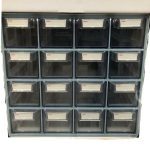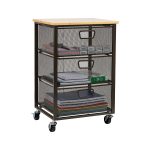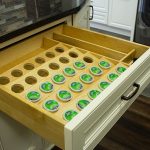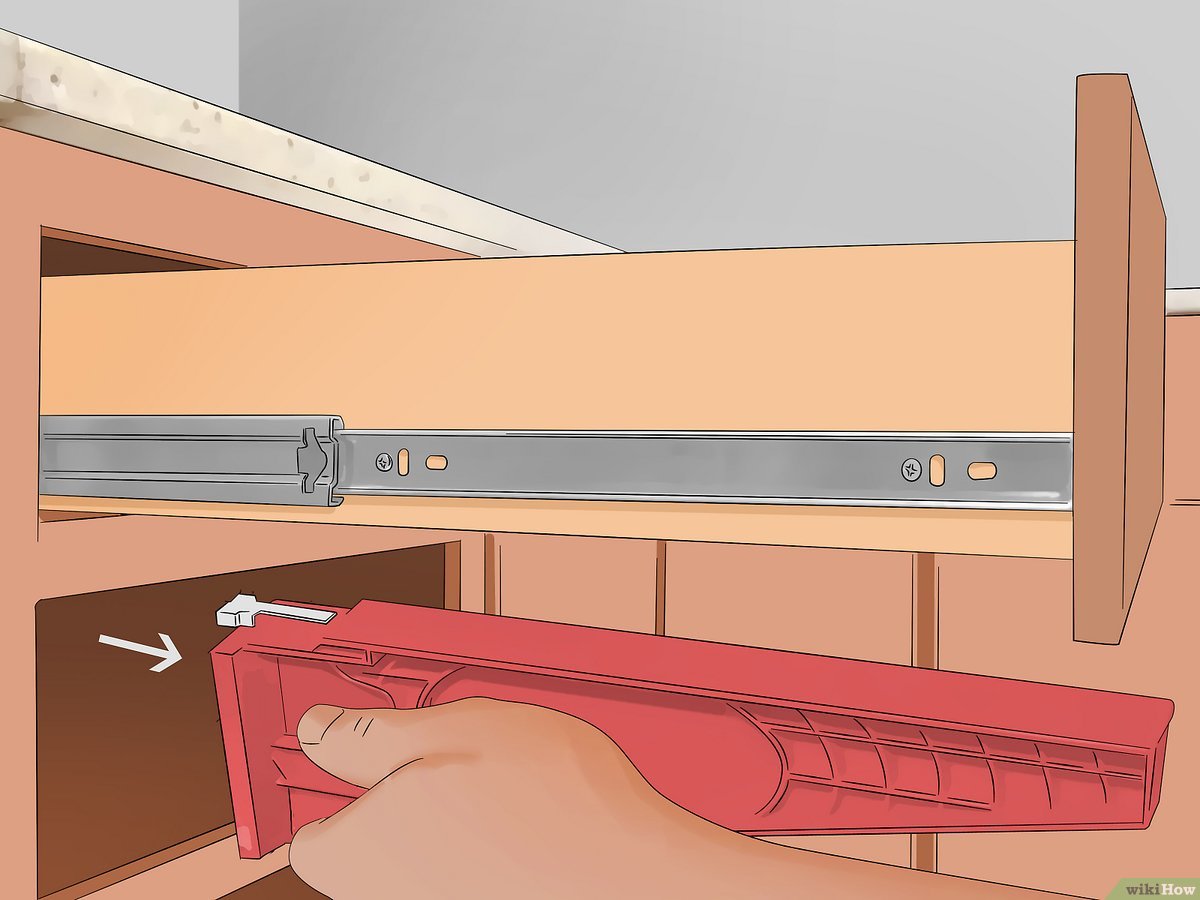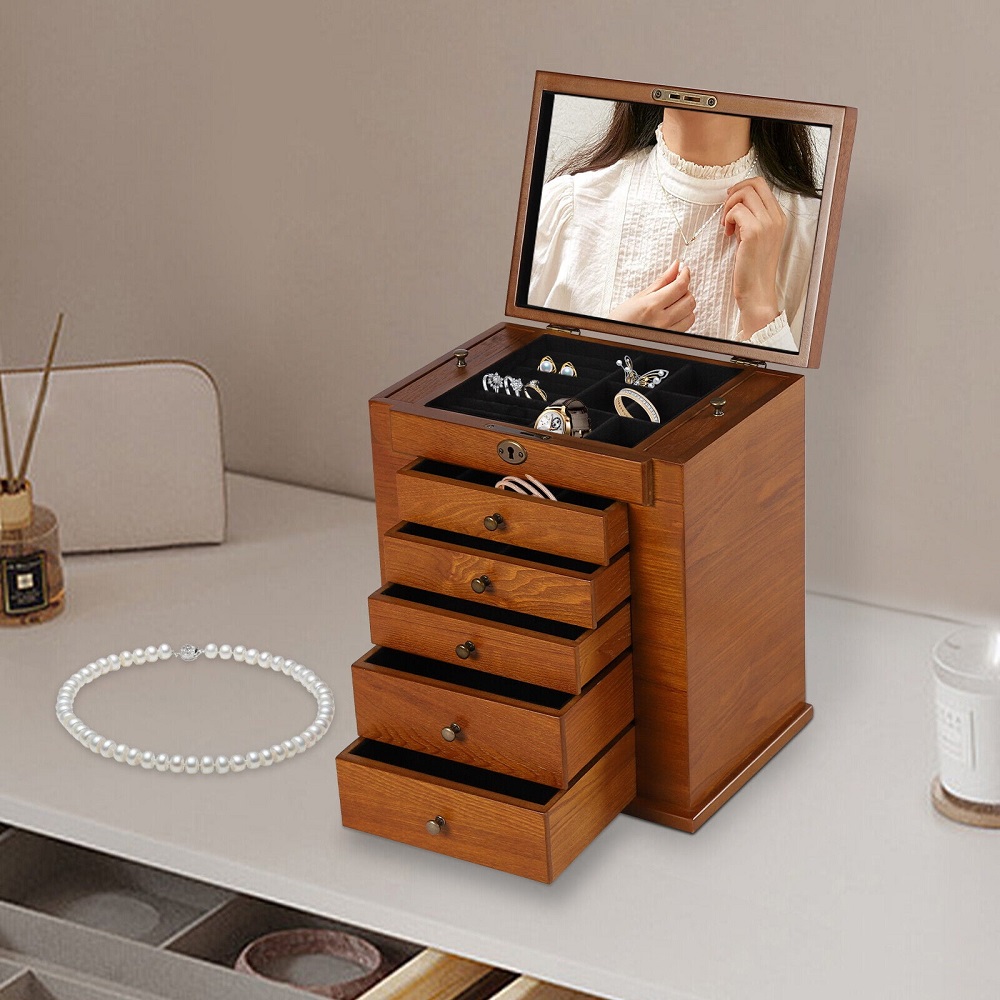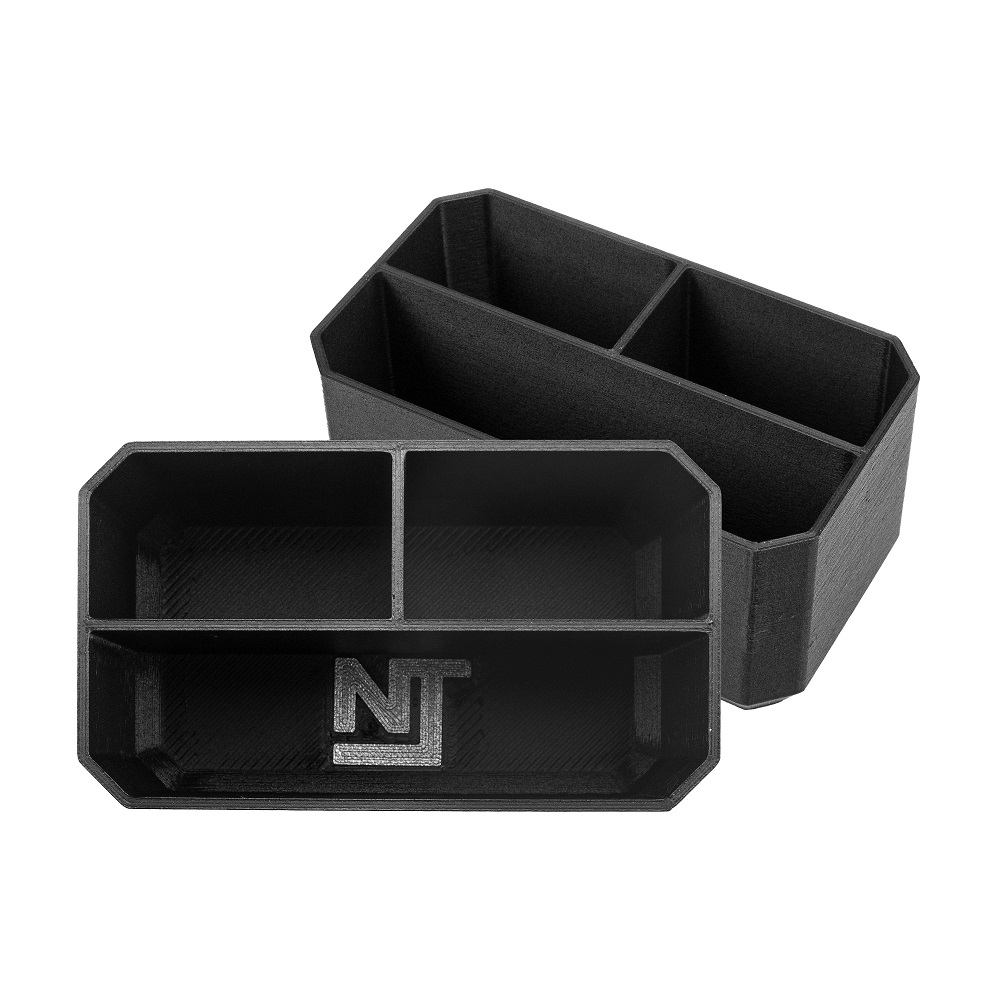Introduction: The Key to Efficient Storage
Effective organization is essential for maintaining a tidy and functional living or workspace. Drawer slides play a crucial role in achieving this goal by providing smooth and reliable movement for drawers in cabinets, desks, and other furniture pieces. In this comprehensive guide, we’ll explore the steps involved in installing and measuring drawer slides, offering tips and techniques for ensuring a seamless and efficient process.
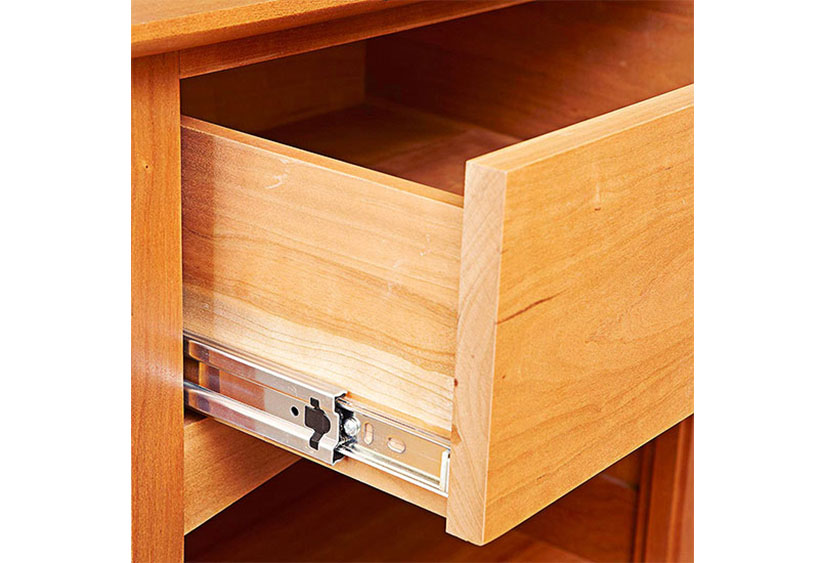
Understanding Drawer Slide Components
Before diving into installation and measurement, it’s essential to understand the basic components of drawer slides. Drawer slides typically consist of two main parts: the drawer slide itself, which mounts to the sides of the drawer and cabinet, and the drawer runner, which slides within the slide. Some slides may also include additional features such as soft-close mechanisms or full-extension capabilities, enhancing functionality and convenience.
Selecting the Right Drawer Slides
The first step in the installation process is choosing the right drawer slides for your project. Consider factors such as drawer size, weight capacity, and desired features when selecting slides. For heavy-duty applications or large drawers, opt for slides with a higher weight capacity to ensure durability and stability. Additionally, choose between options such as side-mount, under-mount, or center-mount slides based on your specific needs and preferences.
Measuring Drawer Slide Length
Accurate measurements are crucial for proper installation and smooth operation of drawer slides. Begin by measuring the length of the drawer opening and the depth of the cabinet or furniture piece. Choose drawer slides that match these measurements to ensure a precise fit. If using full-extension slides, measure the length of the drawer box itself to determine the appropriate slide length.

Positioning Drawer Slides
Once you’ve selected the correct slides and obtained accurate measurements, it’s time to position the slides within the cabinet or furniture piece. Use a tape measure and pencil to mark the placement of the slides on both the sides of the cabinet and the drawer box. Ensure that the slides are level and parallel to each other for smooth and consistent movement.
Installing Drawer Slides
With the slides properly positioned, it’s time to install them using screws and a drill/driver. Begin by attaching the cabinet slides to the sides of the cabinet, following the markings made earlier. Use the appropriate screws provided with the slides, ensuring they are securely fastened to the cabinet frame. Next, attach the drawer slides to the sides of the drawer box, aligning them with the corresponding slides installed inside the cabinet.
Testing Drawer Slide Operation
After installing the drawer slides, it’s essential to test their operation to ensure they function smoothly and correctly. Carefully slide the drawer into the cabinet, checking for any resistance or binding. The drawer should glide effortlessly and evenly without sticking or wobbling. If necessary, make adjustments to the slides or mounting hardware to achieve optimal performance.
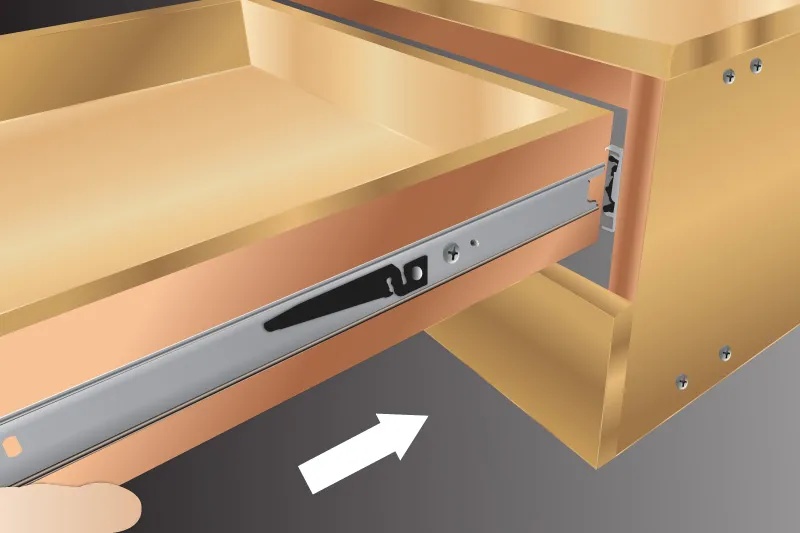
Adding Finishing Touches
Once the drawer slides are installed and tested, add any finishing touches to complete the project. This may include attaching drawer fronts or handles to the drawer box, enhancing the aesthetic appeal and functionality of the finished furniture piece. Take care to align the drawer fronts properly and secure them firmly in place for a polished and professional look.
Maintenance and Care
To ensure long-lasting performance and reliability, it’s important to perform regular maintenance on drawer slides. Periodically inspect the slides for signs of wear or damage, such as bent or loose components. Clean the slides and tracks to remove dust, dirt, and debris that may impede smooth operation. Lubricate the slides with a silicone-based lubricant to reduce friction and prolong their lifespan. By staying proactive with maintenance, you can keep your drawer slides operating smoothly and efficiently for years to come.
Considerations for Heavy-Duty Applications
For projects involving heavy items or frequent use, such as filing cabinets or tool storage, special consideration should be given to the selection and installation of drawer slides. Opt for heavy-duty slides with a higher weight capacity to accommodate the additional load. Ensure that the slides are securely mounted to both the cabinet and drawer box using reinforced screws or mounting brackets for added stability and durability. Regularly inspect and maintain heavy-duty drawer slides to prevent wear and ensure smooth operation, especially in high-traffic environments.

Addressing Space Constraints
In situations where space is limited, such as in small kitchens or compact office spaces, careful planning and measurement are essential for maximizing storage efficiency. Consider using space-saving drawer slide configurations, such as under-mount or tandem slides, to optimize available space while still providing full access to drawer contents. Additionally, explore options for narrow-width slides or custom-sized slides to accommodate unique space constraints and layout requirements. By utilizing innovative solutions and creative design strategies, you can make the most of limited space without sacrificing functionality or convenience.
Utilizing Drawer Slide Accessories
To enhance the performance and versatility of drawer slides, consider incorporating various accessories and add-ons into your project. Accessories such as drawer slide brackets, spacers, and locking devices can help fine-tune the installation and ensure precise alignment and operation. Soft-close mechanisms, push-to-open systems, and drawer dividers are additional accessories that can improve functionality and user experience. Explore the wide range of available accessories to customize your drawer slides to suit your specific needs and preferences, enhancing both organization and efficiency in your living or workspace.
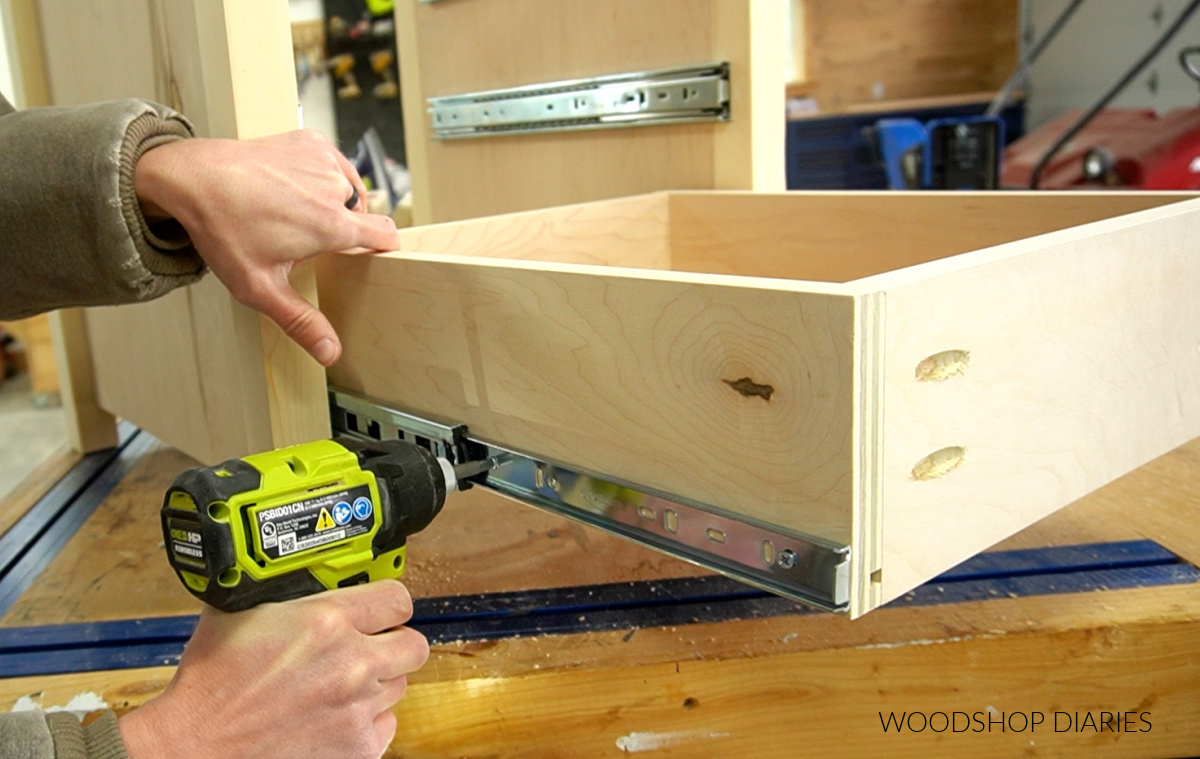
Exploring Alternative Applications
While drawer slides are commonly used for traditional drawers in cabinets and furniture pieces, they can also be applied in creative and unconventional ways to solve unique storage challenges. Consider using drawer slides for pull-out shelves, keyboard trays, or hidden compartments to maximize usable space and improve accessibility in your home or office. With a little ingenuity and creativity, drawer slides can be adapted to a wide range of applications, offering endless possibilities for enhancing organization and functionality in any environment.
Conclusion: Achieving Seamless Organization
In conclusion, installing and measuring drawer slides is a fundamental aspect of achieving efficient organization and functionality in your living or workspace. By following the tips and techniques outlined in this guide, you can ensure a seamless and successful installation process, resulting in smooth and reliable movement for your drawers. Whether you’re tackling a DIY furniture project or upgrading existing cabinetry, proper installation and measurement of drawer slides are essential for maximizing storage space and enhancing the overall usability of your furniture pieces.



